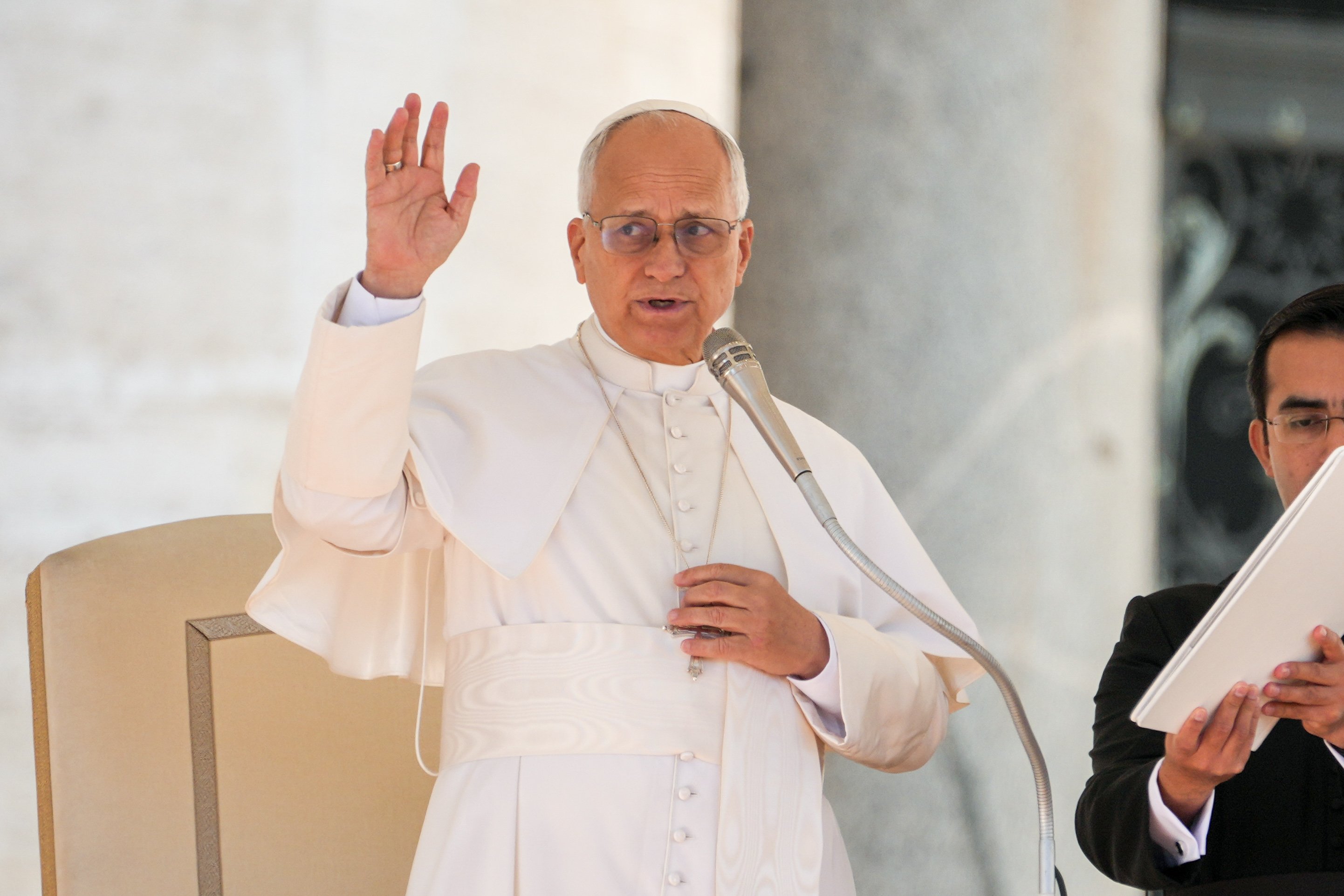April 6, 2018 at 1:53 p.m.
SEMINARIAN'S DIARY
What happens in a seminary?
Mundelein Seminary prepares young men called by God to be priests. Its official name is the University of St. Mary of the Lake/Mundelein Seminary, but many seminaries are better known by the name of the town where they are located. It's in the village of Mundelein, 40 miles northwest of Chicago. The village was named after Cardinal George Mundelein, who established the seminary of the Archdiocese of Chicago in 1921.
Mundelein Seminary is the oldest chartered university in Chicago - a charter that dates back to 1844, when the seminary, then located in Chicago, was established. After financial hardships, the first seminary closed, but as the archdiocese's Catholic population expanded and vocations increased, a larger seminary was needed.
Under the direction of Cardinal Mundelein, the archdiocese purchased a large tract of land for a new seminary. By 1921, the first class of seminarians began their studies. Within a few years, more than 400 seminarians were in residence, each with his own private room and bath.
It was the wish of Cardinal Mundelein that his young men preparing for the priesthood have adequate space and reasonable comfort. Many seminarians of that era came from poor immigrant families living in city tenements. At Mundelein, space, privacy, facilities and competent faculty enabled them to expand their spiritual and intellectual gifts.
Cardinal Mundelein also was determined to provide a place of worship worthy of God, with architectural and artistic qualities that would aid seminarians' spiritual life. He wanted the seminary church to look distinctly American but authentically Catholic. Through its Georgian architecture, he proved that Catholics could be both fully Catholic and patriotic Americans.
Cardinal Mundelein saw the historical importance of the sound of bells. The seminary's bells, cast by the Meneely Company of Watervliet, are still heard every quarter hour.
In 1926, the Archdiocese of Chicago hosted more than 800,000 Catholics on the 1,000-acre campus to celebrate the International Eucharistic Congress. Most of the visitors came by a new rail line built in anticipation of the event. Newspaper clippings note that, during the congress, trains left Union Station in Chicago for Mundelein Seminary every two minutes.
After decades of declining enrollment, in the late 1960s, the archdiocese began admitting students from other dioceses as well as international students. Currently, there are 192 seminarians, which makes it the largest priesthood preparation program in the U.S. Many of the seminarians will become priests for the Archdiocese of Chicago, but others are sent by bishops of 33 other dioceses, including Bishop Howard J. Hubbard of Albany.
Every seminarian is required to have completed at least two years of philosophy courses prior to admission. Since candidates come from all backgrounds and often do not have the required credits, Mundelein now offers a two-year pre-theology program to prepare them.
During a typical day at Mundelein, most of us rise between 5:00 and 6:30 a.m. to be in the chapel for communal morning prayer at 7:15, then Mass and breakfast. Then we go to classes or to our rooms to study. Classes run from 9:15 a.m. until 4:05 p.m. on weekdays, with a break for lunch. It is uncommon that a student has a full class load every day. Wednesdays are reserved for sessions dedicated to a topic appropriate to the various levels of formation.
As in the life of a priest, the evenings are fairly active. We pray evening prayer in community, attend talks, teach catechism or work in nearby parishes, sing in the choir and play sports. We must also make time for a period of meditative prayer every day.
Weekends are generally free, though participation at Mass is an expectation. On Saturdays, many go off-campus to shop, run errands or help out at a parish. Sundays are special days; morning prayer is chanted and the rector, Rev. Robert Barron, celebrates Mass and delivers his usual excellent homily. We also catch up on homework, play a ball game or relax.
As the end of my seminary days grows closer, I reflect on the blessing Mundelein Seminary has been for me. It is the place where my knowledge and love for the Lord and the Church have deepened. I have grown in knowing myself and have found confidence in my strengths, in spite of my weaknesses and frailties. My seminary brothers have helped me to grow and enjoy living and working together as brothers and friends. The priests and instructors have contributed something valuable each day.
I am aware of the privilege it has been to be formed in this holy place. I pray that more men will accept the call of Christ to be one with Him in the priesthood.
(Deacon Slezak is a native of St. Margaret of Cortona Church in Rotterdam Junction, a mission of St. Joseph's parish in Schenectady. He'll be ordained to the priesthood in June. Learn more about Mundelein Seminary at www.usml.edu.)[[In-content Ad]]
SOCIAL MEDIA
OSV NEWS
- Bishop Seitz ‘very optimistic’ religious worker visa issue will soon see ‘positive developments’
- US bishops advance new sainthood cause for ‘Good Samaritan’ Jesuit priest
- USCCB president warns against partisanship; nuncio urges bishops to follow pope’s ‘maps of hope’
- New English version of Bible to be called The Catholic American Bible
- Churches should be joyful places of sharing gift of faith, pope says
- ‘Leo from Chicago:’ Vatican releases new documentary on pope’s early years
- Archbishop Coakley and Bishop Flores are elected president and vice president of USCCB
- Survey: Young adult Catholics are the most engaged and most at risk of leaving the church
- U.S. bishops to Pope Leo: We ‘will continue to stand with migrants and defend everyone’s right to worship free from intimidation’
- Catholics in Mexico oppose proposed online media gag law







Comments:
You must login to comment.